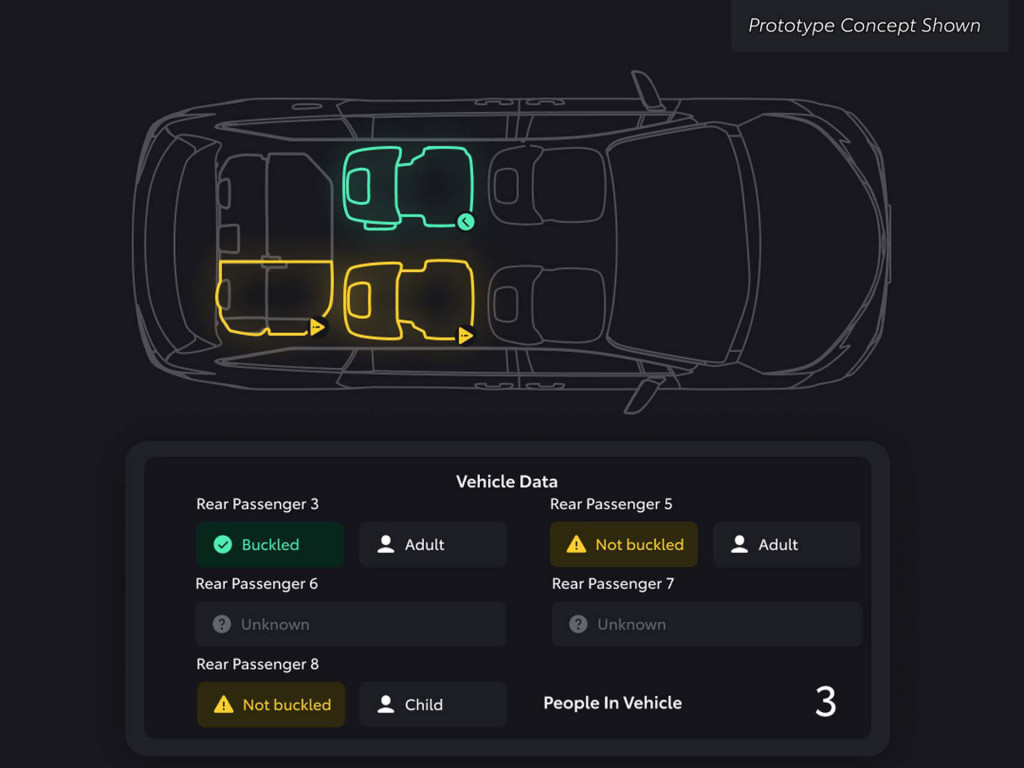Last year saw 23 children in the U.S. die from heat stroke after being left in vehicles, according to Kids and Cars, a nonprofit focused on preventing injuries and death of children, as well as pets, in and around vehicles. And not every case is simply a parent or carer forgetting. In some cases, children gained access to vehicles and became trapped while they were unattended.
Toyota on Tuesday announced new technology that could help save a child trapped in a vehicle. Called Cabin Awareness, the technology, which is still in the concept phase, uses millimeter-wave and 4D imaging radar to help detect occupants in the vehicle. The sensors, mounted out of sight above the headliner, are so sensitive they can sense a heartbeat or respiration, as well as occupants covered by a blanket.
Toyota is still exploring methods Cabin Awareness could use to warn a vehicle's owner, passerby, or first responders. Currently, the technology issues warnings like honks or flashing lights. If these are ignored, it then sends a notification to the vehicle owner's phone, and if programmed it can send warnings through smart home devices or a designated emergency contact. Further alert options include having Toyota’s Safety Connect emergency assistance system contact first responders through the integrated SOS vehicle function.

Toyota Cabin Awareness occupant detection technology

Toyota Cabin Awareness occupant detection technology
Toyota is testing Cabin Awareness in a fleet of Sienna minivans being used by self-driving technology company May Mobility. The minivans are currently in use in parts of Michigan and will soon be deployed in parts of Texas. Additional deployments are coming in late 2022.
In the case of the Sienna, Cabin Awareness is able to detect occupants across the three rows of seats, as well as in the cargo area and footwells, meaning a small child hiding or perhaps a pet could also be detected. According to Toyota, the technology is superior to existing systems that rely on weight sensors in the seats or cameras, both of which can be prone to false alarms.
In a future self-driving taxi, Cabin Awareness could alert a parent when their child or children have reached their destination and left the vehicle. Conversely, the taxi could delay driving to its next customer if it senses the current occupant is still in the vehicle after reaching his or her destination.
